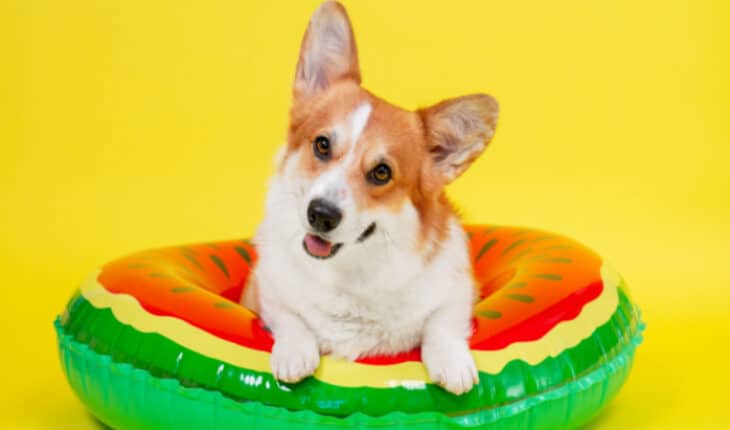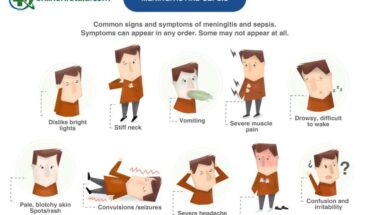On hot days, it is extremely important to know not only how to spot the signs of heat exhaustion in your dog, but also how to prevent it happening in the first place.
Imagine sitting in the beautiful sunshine on a roasting hot summer day, wearing a thick fur coat. That’s what it’s like for your dog when you take them out in the heat! Read on to learn the signs, symptoms and treatment if you think you dog could be suffering from heat exhaustion.
During the summer months, you should be extra vigilant, and keep a watchful eye out for signs of heat exhaustion, particularly if your dog is panting heavily and appears distressed on a hot day or after exercise. Short-nosed dogs (e.g. boxers, pugs), older and overweight dogs are particularly susceptible to getting overheated and out of breath when exercising. Dogs lose heat by sweating from their nose and paws and by panting. Because they have no other way of cooling themselves down, they are highly susceptible to overheating. Also – be aware that, if they are walking on hot tarmac, their paws will get very hot which will make it harder for them to maintain a normal body temperature.
Signs and symptoms of overheating:
- Rapid, heavy panting
- Salivating
- Fast breathing
- Fast, weak pulse
- Raised body temperature
- Heat exhaustion occurs when their temperature rises over 39.3°C and heat stroke over 41°C.
Heat stroke is a serious medical emergency which requires urgent veterinary help.
Some top tips to help prevent heat exhaustion
First of all, the most important thing to do is to try your hardest to not let them get heat exhaustion in the first place. To do this:
- Make sure your dog has access to clean water at all times. Carry water and a bowl with you on walks. There are now small, collapsible bowls you can buy, that make carrying one with you at all times even easier
- Remember to have fresh water accessible on the beach too, as drinking sea water will dehydrate them further and make them ill
- On hot days, avoid the midday sun and walk your dog during the cooler parts of the day – in the early morning and late evening
- Watch your pet for signs of overheating, including heavy panting and loss of energy. If necessary, stop, find a shady spot and give your dog water
- Never leave your dog (or any pet or child) alone in a car, even with the windows open. Cars can get hot extremely quickly. Also – make sure you keep an eye on where the sunshine is coming in to the car. If your dog is in the boot and the sun is streaming in, they can still overheat, especially if you get stuck in a long traffic jam.
Treatment:
- Get urgent veterinary advice
- Pour tepid water gently all over the dog and, if available, position near a fan to aid cooling
- Never immerse the dog in icy water as this could put them into shock
- Ensure they have easy access to drinking water
- Transport the dog to the vet with the car windows open and/or put on the air conditioning on
Have a wonderful summer with your dog – and remember to keep them cool and well hydrated!
First Aid for Pets provides this information for guidance and it is not in any way a substitute for veterinary advice. The author does not accept any liability or responsibility for any inaccuracies or for any mistreatment or misdiagnosis of any person or animal, however caused. It is strongly advised that you attend a practical First Aid for Pets course to understand what to do in a medical emergency.
- What is a seizure? - 13th March 2025
- Febrile Convulsions and Seizures in Children - 13th March 2025
- Why women are less likely to receive CPR or survive cardiac arrest - 6th March 2025






